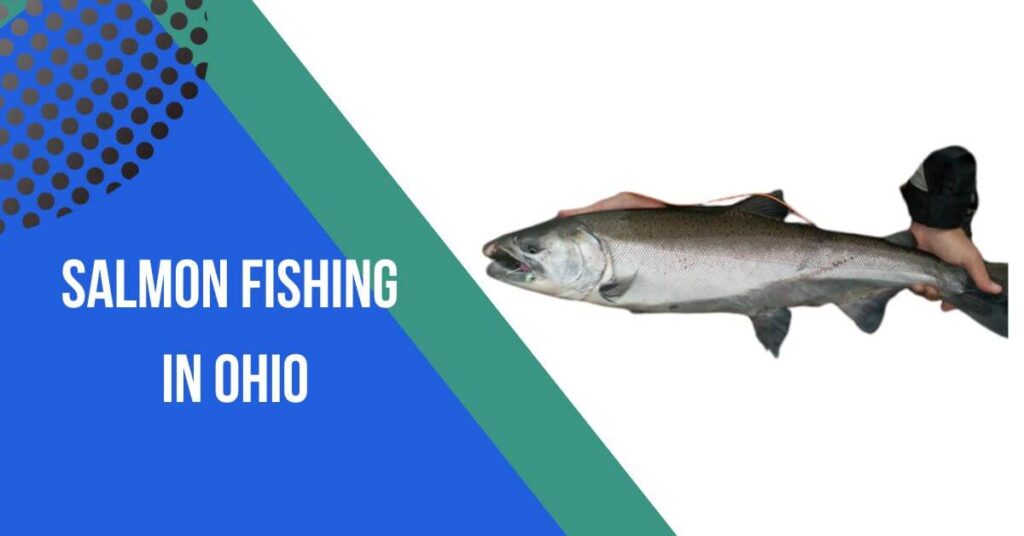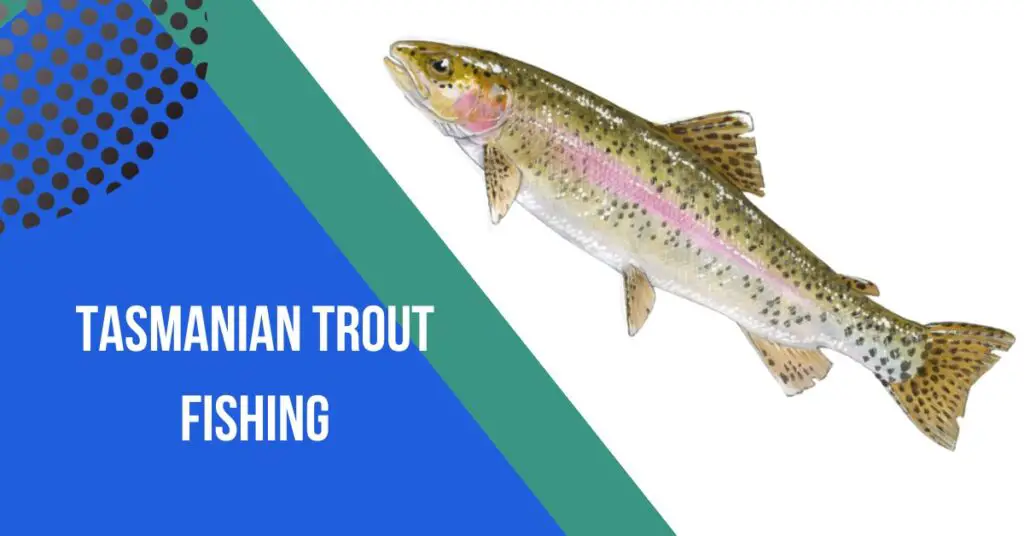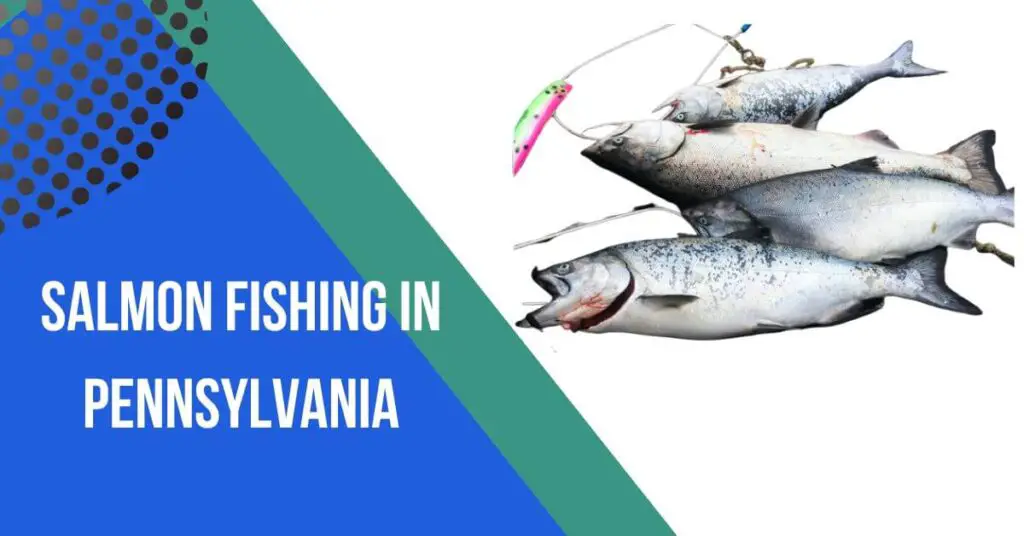Contents
- 1 Ice Fishing For Perch
- 2 Behavior and Habitat
- 3 Behavior:
- 4 Habitat:
- 5 Proper Handling Techniques:
- 6 Ice Safety Tips:
- 7 FAQs:
- 8 Q1: What is the best time for ice fishing for perch?
- 9 Q2: What gear is essential for ice fishing for perch?
- 10 Q3: How thick should the ice be for safe ice fishing?
- 11 Q4: What is the best bait for perch ice fishing?
- 12 Q5: How can I stay safe while ice fishing?
- 13 Q6: Are there specific regulations for perch ice fishing?
- 14 Q7: Can I catch and release perch during ice fishing?
- 15 Q8: Are there any recommended hotspots for perch ice fishing?
- 16 Q9: What’s the best way to cook perch?
- 17 Q10: How do I read the ice for better perch fishing?
Ice fishing for Perch is a cherished tradition in the Northern Hemisphere, particularly among anglers seeking these delightful panfish. When winter blankets the region and freshwater lakes freeze over, it’s the prime season to pursue these prized creatures beneath the ice.
The Yellow Perch, a popular catch in North America, is known for its white, flaky meat—a delectable addition to any meal. The thrill of using a rod and reel in the serene, frozen setting brings families and anglers together, aiming to stock their freezers with the bounty of the season.
Understanding the basics is vital for success in this season. Equipping oneself with suitable lures, bait, and ensuring proper line and gear for icy conditions are the foundation. Ice fishing for Perch involves drilling holes through layers of ice and snow to reach these fish and entice them with the desired menu.
While Perch shares similarities with its European cousins, the focus is to target them specifically during the winter months when they are most abundant and active. The experience isn’t just about catching fish; it’s about the fun and camaraderie it brings while securing a flavorful addition to the table.
Ice Fishing For Perch
Ice fishing for perch is a captivating winter activity that combines the thrill of fishing with the unique challenges posed by frozen landscapes. Perch, a popular freshwater species, becomes the focus as anglers venture onto frozen lakes and rivers in search of these prized catches. This cold-weather pursuit offers a distinct experience, requiring specialized gear, knowledge of ice safety, and an understanding of perch behavior.
Perch are known for their distinctive coloring and lively nature, making them a favorite target for ice anglers. Understanding their behavior, habitat preferences, and feeding patterns is crucial for a successful ice fishing expedition. The frozen environment adds an extra layer of excitement and adventure to the fishing experience.
To engage in ice fishing for perch, anglers need to equip themselves with specific gear tailored to icy conditions. This includes specialized ice fishing rods and reels, augers for drilling holes, and insulated shelters to protect against the winter chill. Additionally, dressing appropriately for the cold is essential to ensure a comfortable and safe experience on the ice.
Safety is paramount in ice fishing, and anglers must be vigilant about checking ice thickness and carrying necessary safety equipment. Choosing the right location, preparing ice holes, and adapting to changing weather conditions are key aspects of setting up a successful ice fishing outing.
Techniques such as jigging are crucial in attracting and catching perch beneath the ice. Selecting the right bait and lures is equally important, as perch can be discerning in their feeding habits. Seasoned ice anglers develop skills to read the ice conditions and adapt to environmental changes over time.
Ice fishing for perch isn’t just a sport; it’s an opportunity to connect with nature in a serene winter setting. Whether exploring local hotspots or traveling to renowned ice-fishing destinations, enthusiasts can enjoy this cold-weather activity while practicing sustainable catch-and-release techniques.
Behavior and Habitat
Perch behavior and habitat play critical roles in the success of ice fishing expeditions. Understanding how perch behave beneath the frozen surface and where they prefer to dwell helps anglers strategically target these fish during winter excursions.
Behavior:
- Schooling Nature:
Perch are known for their schooling behavior, often congregating in groups.
Ice anglers may find success when locating and targeting these schools. - Feeding Patterns:
Perch are opportunistic feeders, preying on small fish, insects, and larvae.
They exhibit feeding activity during specific times of the day, making timing an important consideration for ice fishing. - Aggressive Strikes:
Perch are known for their aggressive strikes, providing an exciting fishing experience.
Quick and sharp movements of the bait, along with various jigging techniques, can trigger these strikes. - Territorial Behavior:
Perch can be territorial, especially in areas with abundant food sources
Aggressively defending a territory, perch may respond well to lures invading their space.
Habitat:
- Shallow Waters:
Perch often inhabit shallower waters, especially during winter.
Exploring areas with depths ranging from 5 to 15 feet is common for ice anglers targeting perch. - Weed Beds and Structures:
Perch are attracted to underwater structures such as submerged vegetation, fallen trees, and rocks.
Weed beds provide cover and attract smaller fish, making them ideal locations for perch. - Transition Zones:
Areas where shallower waters transition to sections are favored by perch.
These transition zones provide a mix of suitable habitats and are often productive for ice fishing. - Muddy Bottoms:
Perch are adaptable and can thrive in various bottom types, but they often gravitate towards muddy or sandy bottoms.
Muddy areas can harbor aquatic insects and larvae, a preferred food source for perch. - Underwater Structures:
Submerged structures like drop-offs, humps, and ledges are prime locations for finding perch.
These structures provide hiding spots for prey and ambush points for perch.
Understanding the interplay of perch behavior and habitat allows ice anglers to make informed decisions about where and how to fish. Exploring diverse locations and adapting to the specific conditions of each fishing spot enhances the chances of a successful perch ice fishing experience.
Proper Handling Techniques:
Proper handling techniques are crucial when ice fishing for perch to ensure the well-being of the fish and contribute to sustainable fishing practices. Here are some guidelines for handling perch responsibly:
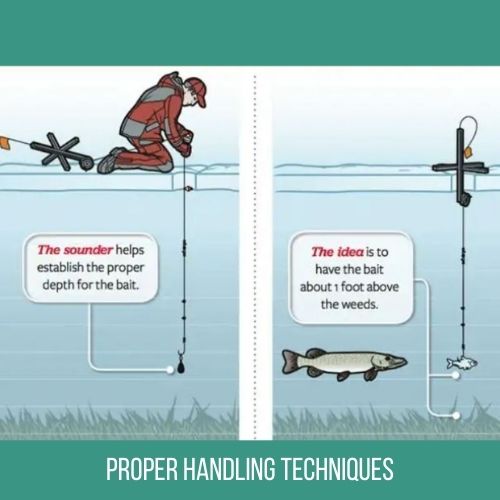
- Use Wet Hands
- Avoid Dry Surfaces
- Mind the Hook
- Quick Release
- Hold with Care
- Avoid Dropping
- Revive Before Release
- Selective Harvest
- Undervalue
- Educate Others
By incorporating these proper handling techniques into your ice fishing routine, you contribute to the conservation of perch populations and maintain the health of the ecosystem. Responsible angling ensures that future generations can continue to enjoy the thrill of ice fishing for perch.
Ice Safety Tips:
Ice safety is paramount when engaging in ice fishing, and being well-prepared can prevent accidents and ensure a safe and enjoyable experience. Here are essential ice safety tips for anglers:
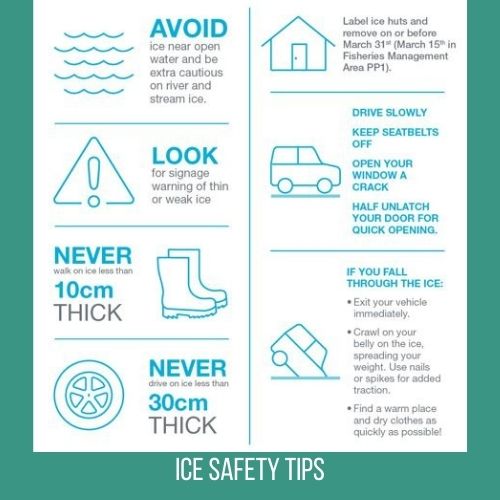
- Check Ice Thickness
- Understand Ice Color
- Stay Updated on Local Conditions
- Avoid Group Travel in Early and Late Season:
- Wear a Floatation Device
- Carry Ice Picks
- Buddy System
- Equip with Ice Cleats
- Avoid Pressure Cracks and Open Water
- Carry Safety Gear
- Know Ice Rescue Techniques
- Regularly Test Ice
Remember that no ice is completely safe. Conditions can change rapidly, and caution is paramount. By following these ice safety tips, you can minimize risks and enjoy a safer ice fishing experience. Always prioritize your safety and the safety of those around you.
Conclusion:
The tradition of ice-fishing for Perch remains an enjoyable and cherished pastime during the winter months for many anglers. It’s more than just the thrill of catching these delectable fish; it’s a way to ward off the winter blues and create lasting memories.
Engaging in this activity provides a learning experience about the local fishery and an opportunity to bond with fellow anglers over shared stories and helpful recommendations.
As an angler navigates the frozen surface of a lake, the excitement of feeling a Perch grabbing onto the line while bundled up in overalls and tying buck-shot can make this experience truly fun and rewarding.
FAQs:
Q1: What is the best time for ice fishing for perch?
A: Perch are active throughout the winter, but prime ice fishing for perch often occurs during early morning or late afternoon. These periods coincide with their feeding patterns, increasing the chances of a successful catch.
Q2: What gear is essential for ice fishing for perch?
A: Essential gear includes an ice fishing rod and reel, auger for drilling holes, insulated shelter, warm clothing, and specific bait/lures for perch. Ice safety equipment such as picks and a flotation device is also crucial.
Q3: How thick should the ice be for safe ice fishing?
A: A minimum of 4 inches of clear ice is generally considered safe for a single person on foot. However, thicker ice is needed for groups or vehicles. Always check ice thickness regularly and be cautious on early and late ice.
Q4: What is the best bait for perch ice fishing?
A: Perch are attracted to live bait such as minnows, waxworms, and maggots. Artificial lures like jigs, spoons, and soft plastics in natural colors can also be effective. Experiment with different options to see what works best on a given day.
Q5: How can I stay safe while ice fishing?
A: Prioritize ice safety by checking ice thickness, avoiding risky areas, wearing a flotation device, and using the buddy system. Carry safety gear like ice picks, a rope, and a first aid kit. Stay informed about local ice conditions and weather.
Q6: Are there specific regulations for perch ice fishing?
A: Check local fishing regulations for size limits, catch limits, and specific rules related to perch ice fishing. Adhering to these regulations ensures sustainable fishing practices and helps conserve fish populations.
Q7: Can I catch and release perch during ice fishing?
A: Yes, catch and release is common in ice fishing. Follow proper handling techniques, minimize the time the fish is out of the water, and use barbless hooks for an easier release. Consider keeping only what you plan to consume to promote sustainability.
Q8: Are there any recommended hotspots for perch ice fishing?
A: Local hotspots can vary, but areas near underwater structures, weed beds, and transition zones are often productive. Check with local anglers, fishing forums, or tackle shops for information on popular and productive fishing locations.
Q9: What’s the best way to cook perch?
A: Perch has a mild, sweet flavor. Popular cooking methods include frying, baking, or grilling. Keep it simple with a light coating of breadcrumbs or batter, and consider pairing it with lemon and herbs for added flavor.
Q10: How do I read the ice for better perch fishing?
A: Look for clear ice, watch for changes in color or texture, and pay attention to cracks and heaves. Utilize a spud bar to check ice thickness as you move, and be cautious around areas with snow cover, as it can insulate the ice and affect its strength.




